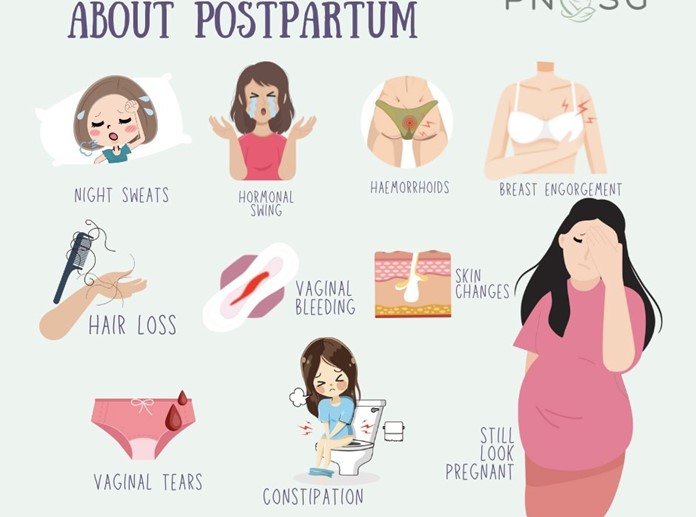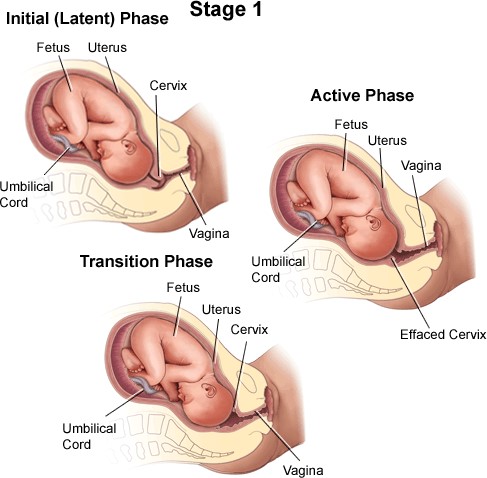A woman who is 12 hours postpartum had a pulse rate around 80 beats per minute during pregnancy. Now, the nurse finds a pulse of 60 beats per minute. Which of these actions should the nurse take?
Select one:
Contact the physician, as it indicates early DIC.
Contact the physician, as it is a first sign of postpartum eclampsia.
Document the finding as it is a normal finding at this time.
Obtain an order for a CBC, as it suggests postpartum anemia.
The Correct Answer is C
Choice A Reason: Contact the physician, as it indicates early DIC. This is an incorrect answer that confuses a low pulse rate with a high pulse rate. DIC stands for disseminated intravascular coagulation, which is a life-threatening condition where abnormal clotting and bleeding occur simultaneously in the body. DIC can occur as a complication of postpartum hemorrhage, infection, or placental abruption. DIC can cause tachycardia (high pulse rate), not bradycardia (low pulse rate).
Choice B Reason: Contact the physician, as it is a first sign of postpartum eclampsia. This is an incorrect answer that misinterprets a low pulse rate as a sign of hypertension. Postpartum eclampsia is a condition where seizures occur in a woman who has preeclampsia or eclampsia after delivery. Preeclampsia and eclampsia are characterized by high blood pressure and proteinuria in pregnancy. Postpartum eclampsia can cause hypertension (high blood pressure), not hypotension (low blood pressure).
Choice C Reason: Document the finding as it is a normal finding at this time. This is because a pulse rate of 60 beats per minute is within the normal range for an adult and may reflect a physiological adaptation to the postpartum period. During pregnancy, the maternal blood volume and cardiac output increase, which can elevate the pulse rate. After delivery, these parameters gradually return to pre-pregnancy levels, which can lower the pulse rate.
Choice D Reason: Obtain an order for a CBC, as it suggests postpartum anemia. This is an incorrect answer that assumes that a low pulse rate is caused by anemia. Anemia is a condition where the red blood cell count or hemoglobin level is lower than normal, which can impair oxygen delivery to the tissues. Anemia can occur in the postpartum period due to blood loss during delivery or poor nutritional intake during pregnancy. Anemia can cause tachycardia (high pulse rate), not bradycardia (low pulse rate).

Nursing Test Bank
Naxlex Comprehensive Predictor Exams
Related Questions
Correct Answer is A
Explanation
Choice A Reason: "If I go too long overdue, the amniotic fluid volume can become too low for my baby to be safe." This is a correct answer that indicates that the client understands one of the Reasons for induction of labor at 42 weeks' pregnancy.
Choice B Reason: "My baby took longer to grow, and now she's ready to be born." This is an incorrect answer that shows a misconception about fetal growth and development. Fetal growth does not depend on gestational age alone, but also on genetic, maternal, placental, and environmental factors. A post-term fetus does not necessarily grow faster or larger than a term fetus. In fact, some post-term fetuses may experience intrauterine growth restriction (IUGR), which means slower than expected growth for gestational age.
Choice C Reason: "I don't really need this induction, my baby will come whenever he wants to." This is an incorrect answer that reveals a lack of awareness or acceptance of the need for induction of labor at 42 weeks' pregnancy. Induction of labor is recommended for post-term pregnancies to prevent potential complications such as fetal distress, stillbirth, or maternal hemorrhage.
Choice D Reason: "Since I am so tired of being pregnant, I am being induced." This is an incorrect answer that implies that induction of labor is based on maternal preference or convenience rather than medical indication. Induction of labor should not be done without a valid Reason or informed consent, as it carries some risks such as failed induction, prolonged labor, infection, uterine rupture, or cesarean delivery.
Correct Answer is A
Explanation
Choice A Reason: Latent phase of the first stage of labor. This is because this phase is characterized by mild and irregular contractions, slow cervical dilation (up to 4 cm), minimal cervical effacement (up to 40%), and minimal discomfort or pain. The latent phase is also known as the early phase or preparatory phase of labor.
Choice B Reason: Transition phase of the first stage of labor. This is an incorrect answer that describes a different phase with different characteristics. The transition phase is marked by strong and frequent contractions, rapid cervical dilation (from 8 to 10 cm), complete cervical effacement (100%), and intense discomfort or pain. The transition phase is also known as the terminal phase or acceleration phase of labor.
Choice C Reason: Perineal phase of the second stage of labor. This is an incorrect answer that refers to another stage and phase with different features. The second stage of labor begins with complete cervical dilation (10 cm) and ends with delivery of the baby. The perineal phase is the last part of the second stage, where the baby's head crowns and emerges through the vaginal opening.
Choice D Reason: Active phase of the first stage of labor. This is an incorrect answer that indicates another phase with different atributes. The active phase is characterized by moderate and regular contractions, progressive cervical dilation (from 4 to 8 cm), increased cervical effacement (from 40% to 80%), and increased discomfort or pain. The active phase is also known as the middle phase or dilatation phase of labor.

Whether you are a student looking to ace your exams or a practicing nurse seeking to enhance your expertise , our nursing education contents will empower you with the confidence and competence to make a difference in the lives of patients and become a respected leader in the healthcare field.
Visit Naxlex, invest in your future and unlock endless possibilities with our unparalleled nursing education contents today
Report Wrong Answer on the Current Question
Do you disagree with the answer? If yes, what is your expected answer? Explain.
Kindly be descriptive with the issue you are facing.
